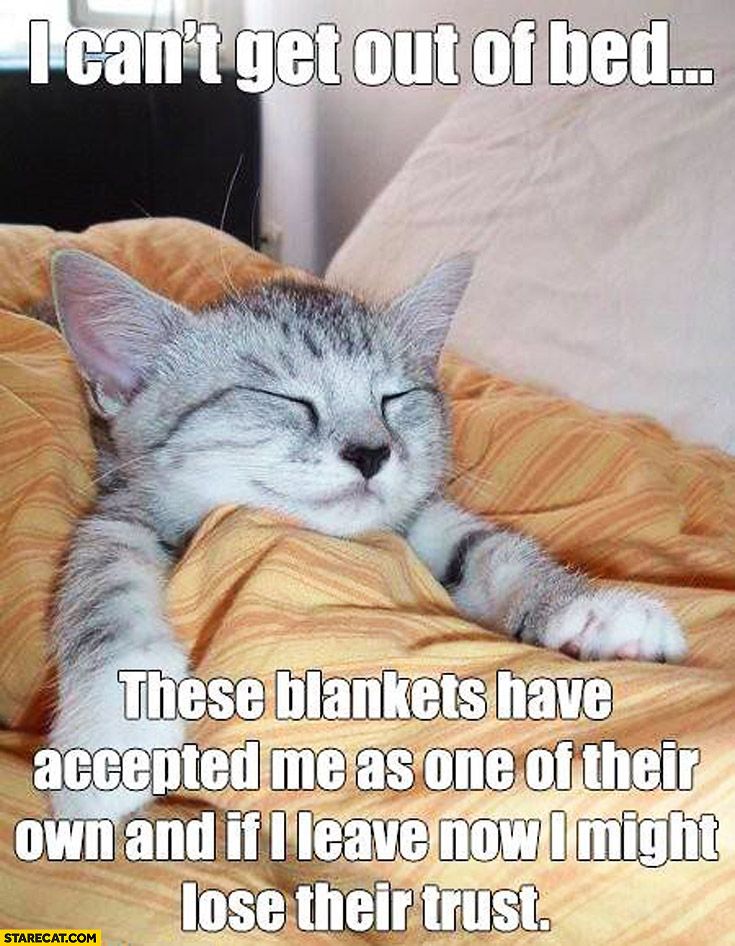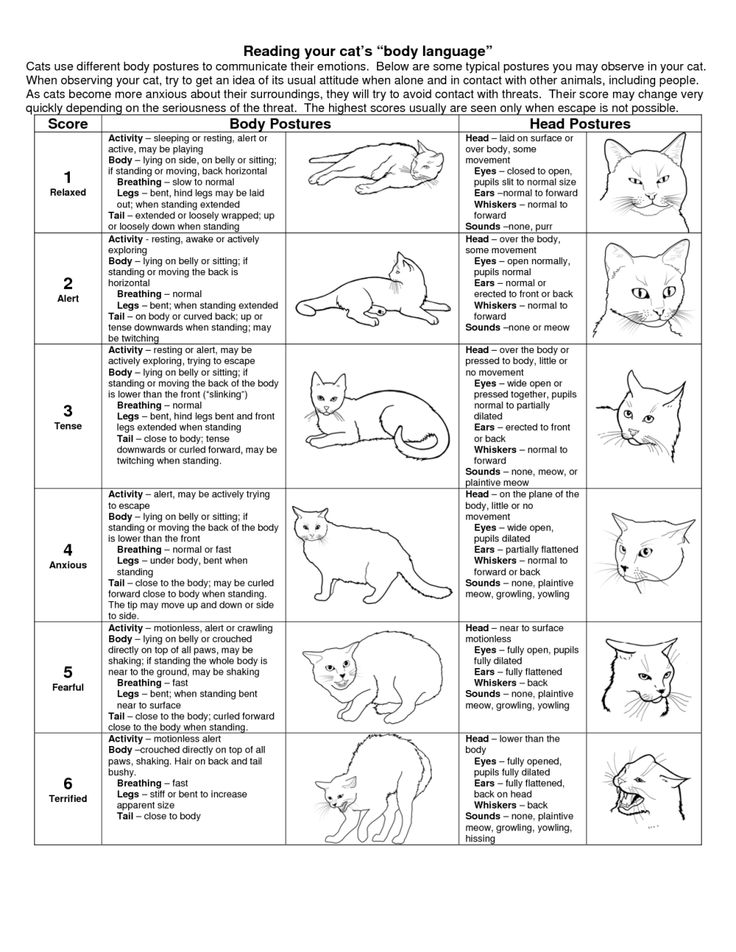Enticing your dog to get active with a walk around the block or a game of fetch is a no-brainer and a fairly common pet health practice. But when it comes to cats, many people don’t realize the value of exercise.
Many veterinarians recommend cat workouts to keep cats healthy well into their old age. And though a cat won’t exercise as readily as a dog will, there are a few strategies that will help you keep your cat active and mobile.
Try these 10 cat exercise tips:
 As the ball goes flying off the walls (and the cat goes flying after it), you’ll get some laughs and your cat will get some much-needed exercise.
As the ball goes flying off the walls (and the cat goes flying after it), you’ll get some laughs and your cat will get some much-needed exercise. ”
” “Leash-walking is great if you can get your cat to tolerate the harness and lead,” says Hofve, who favors a type of harness that is more like a soft garment for the upper part of the cat’s back, with straps built in. “Make sure the harness fits properly and can’t be wriggled out of. Young cats are easier to train, but in all cases it takes patience and perseverance.” First let them get used to the harness, then attach the leash and let them drag it, and then pick up the leash and put a little bit of pressure on it. It could take a week or two to get them really comfortable, although Hofve says they may take to it immediately.
“Leash-walking is great if you can get your cat to tolerate the harness and lead,” says Hofve, who favors a type of harness that is more like a soft garment for the upper part of the cat’s back, with straps built in. “Make sure the harness fits properly and can’t be wriggled out of. Young cats are easier to train, but in all cases it takes patience and perseverance.” First let them get used to the harness, then attach the leash and let them drag it, and then pick up the leash and put a little bit of pressure on it. It could take a week or two to get them really comfortable, although Hofve says they may take to it immediately. She recommends researching cat agility courses online.
She recommends researching cat agility courses online.Most dog owners aren’t following FDA guidelines on safely handling pet food, and that could lead to bacterial illnesses for animals and humans.
By Becky Upham
Telehealth and telemedicine aren’t just for humans. Your dog, cat, fish, or bird can get remote advice and care, too.
By Brian P. Dunleavy
Cats are playful and active especially during dusk and dawn being crepuscular by nature. Although they sleep for up to 16 hours they can be hyperactive for the rest of the time. While this is adorable it can be annoying especially if they are at their most active during the night.
Although they sleep for up to 16 hours they can be hyperactive for the rest of the time. While this is adorable it can be annoying especially if they are at their most active during the night.
Here are some tips on do to tire out your cat:
Allow your cat to have physical exercise and mental stimulation by providing her with interactive and stationary toys. These will allow her to burn energy and tire her out. Interactive toys like wand toys are great for cats but keep a routine as to when and how long she can play with them so your cat won’t get bored. Stationary toys like balls and mice are also okay but cat experts recommend toy cycling so your cat won’t get bored with them.
To do the toy cycling, take note of the top four or five toys your cat responds to or enjoys the most and put them away for future use. Alternate the toys you give to your cat for variety so she won’t get bored with them.
Here are some toy suggestions for your cat:
Do not give your cat very small toys that have tiny objects or ornaments as she may ingest it and small parts can get stuck in her throat. Toys that have strings or threads should not be left with the cat unattended as she may get entangled in them. Opt for toys that exercise your cat’s hunting instinct and consider the age of your cat.
Spend at least 15 to 20 minutes twice each day just playing with your cat. It will keep her mentally stimulated and will strengthen the bond between the two of you.
Here are some suggestions that you can try for your playtime sessions aside from using interactive toys:
These are the benefits of playing with your cat:
 Train your cat.
Train your cat.You can also keep your cat busy and tire her out by training her. It also encourages good behavior and cats usually repeat actions if it produces a consequence or reward.
Clicker training helps condition your cat to associate the clicking sound with a positive reward. This is done by clicking a small plastic device with a metal strip each time your cat does something you want. Give her a treat with each click so your cat will associate a click with a treat.
Leash training is done so you can take your cat for a walk and a safe way for indoor cats to explore the outside world. Give your cat a few days to get used to the harness and leash and you may also apply clicker training with this. Patience and understanding of your cat’s personality are essential if you are intent on training your cat.
You can keep your cat occupied during her waking hours by getting another cat. Having a cat companion at home although you are away at work keeps your cat busy and preoccupied.
Here are the advantages if your cat has a cat companion:
However, before taking in another cat try to consider your cat’s gender and age and ask for opinions from your vet when it comes to choosing the right cat companion. You can also check our article on introducing two cats for additional information on this.
Other things to do to tire out a cat
Here are other things to do to tire out a cat:
You can schedule interactive play sessions with your cat during the night time so she can tire out more easily. Feed her a main meal before your bedtime since cats tend to become sleepy after a hefty meal. If she still annoys you during night time, a timed feeder may be helpful but reduce the meal sizes so your cat won’t become overweight.
Feed her a main meal before your bedtime since cats tend to become sleepy after a hefty meal. If she still annoys you during night time, a timed feeder may be helpful but reduce the meal sizes so your cat won’t become overweight.
You can tire out a kitten by feeding her a full meal especially before bedtime. Spend time playing with her for at least 15 to 20 minutes during the day so she can have her exercise and to release pent-up energy. Switch up her toys so she will not get bored playing with the same ones and try to offer a variety of playthings. Try to pair your playtime sessions with a good meal to tire her out.
Stimulate your kitten’s mental abilities by keeping her entertained and challenged. Cat behavior consultant Marilyn Krieger recommends giving your kitten puzzle toys to hone her mental focus and skills. You can also add another kitten so your furry one will have a companion to keep her moving and entertained the whole day. They will be chasing and playing with each other which will zap their energy.
You can tire out an indoor cat by scheduling interactive play sessions during the evening. Use toys that imitate the movement of birds and mice like teaser and wand toys. If your cat loves to play fetch provide her with toys like softballs and furry mice toys. The jumping, chasing and swatting will wear your cat and tire her out.
It usually takes around 10 to 15 minutes of playtime during night time and just before bedtime for a cat to tire out. It will also help establish a bedtime routine for your cat.
Cats are energetic with a penchant for playtime. You can tire out your cat by providing her with interactive and entertaining toys to keep her busy during the daytime. You should also schedule playtime sessions with her for at least 20 minutes twice each day. Adding another cat to your household can also tire her out since she will have a companion to play with all day.
Image: istockphoto.com / Lightspruch
content
You can no longer wake up at night from a cat and wonder how to put a cat to sleep ?
Since cats sleep an average of 16 hours a day, they do not have a regular sleep cycle and retain their hunting instinct, especially at night, they are often awake in the middle of the night and dawn.
However, cats can be extremely active when they are awake at night. meow all night and make noise, jumping, scratching on doors… which can be very annoying for those who want to get a good night's sleep.
Fortunately, their behavior can be changed, especially in the evening and at night. So, what are the tips for a good night's sleep, how to put a cat to sleep, how to calm a cat at night?

Discover in more detail these 5 actions to take forever put your cat to bed and calm your cat every night !
In the wild, cats are predators that hunt both day and night. Ever since they were tamed by humans, cats have become pets fed by their owners. However, if they no longer need to hunt for food, domestic cats retain their hunting instinct, which they satisfy, in particular, at night. This is what explains why the cat does not sleep at night .
Advertisement
However, if your cat meows while crying all night, he may be in pain and therefore a medical problem. In this case, ask the veterinarian to examine the cat to make sure there are no health problems.
Before trying to put a cat to sleep, you should check a few questions:
Indeed, if your cat does not have a balanced daily life adapted to his needs, there is no point in trying to get him to sleep at night. First of all, you must make sure that your cat is full , that you give him all the love he wants, and that you have done everything to fight your cat's boredom .
First of all, you must make sure that your cat is full , that you give him all the love he wants, and that you have done everything to fight your cat's boredom .
If you've done all you can to take care of your cat during the day and she wakes you up at night, here are 5 tips you need to do to get your cat to sleep at night and thus save yours!
To get your cat to sleep better at night, you need to keep her awake all day, encouraging her to be more active and tire her out during the day.
Here are some tips for working people to keep your cat active when you're away:
Here's an interactive toy that's a huge hit because cats love it! This fish toy, when your cat touches it, it starts moving like a real fish, keeping cats busy for hours!!!
View this toy
To make sure your cat is sleepy when she comes in at night, you need to record a 15-20 minute play session for her.
Indeed, if your cat has a lot of energy, playing with him in the evening, encouraging him to move, run and jump is a good way to tire him so that he falls asleep more easily.
In order for your cat to sleep through the night, you need to prepare her bedroom:
 ..
.. Put the cat in a different room than the bedroom, and when it's time for bed, close the door to your room so the cat can't get in.
If your cat starts meowing or scratching at the door, first of all, don't give up, leave her, because eventually she will get upset and fall asleep again.
If, despite everything, he continues to scratch and meow every night at your door, try placing objects in front of the door that will discourage him from returning (aluminum-covered carpet, double-sided tape, etc.).
Since cats love routine and habits, in order to teach them to go to bed every day, you will need to set nightly routine before bed at a fixed and regular time. This routine should be established from an early age for your cat.
For example:

Day by day the routine gets better, and by the evening the cat will understand that it's time to go to bed.
If, after adjusting your sleep pattern and recommendations for tiring your cat during the day, she's still just as restless at night, there are products that soothe, soothe, soothe her at night.
Here are two effective products that I recommend (one or the other, not both!).
Synthetic pheromones are available in the form of sprays or diffusers to calm your cat if they are still very active at bedtime. These hormones will help relieve stress and reduce your cat's activity levels, making it easier for her to fall asleep.
Pheromone Diffuser
If you don't use synthetic pheromones or they don't work on your cat, there is a soothing collar that reduces stress and behavioral problems in cats.
Thanks to the natural extract of valerian and lavender, this collar works 1 hour after application. Its soothing action lasts all night as the active ingredients are constantly released.
Therefore, you should put this collar on your cat 1 hour before bedtime and take it off in the morning when she wakes up.
Check out this necklace on Amazon
Article contents
A feature of the body of an adult cat is the ability to sleep during the day up to 20 hours. This is more than twice the amount of sleep for a person. Therefore, keeping your pet awake shouldn't be a problem. However, many owners face significant discomfort. At night or early in the morning, the cat shows increased activity, it does not give people the opportunity to sleep. Often this period of his wakefulness falls precisely on the hours when the phase of deep sleep begins for a person. There is a need to find a way to teach a pet to sleep at night and in the morning.
At night or early in the morning, the cat shows increased activity, it does not give people the opportunity to sleep. Often this period of his wakefulness falls precisely on the hours when the phase of deep sleep begins for a person. There is a need to find a way to teach a pet to sleep at night and in the morning.
The owners sleep peacefully at night, early in the morning, and the cat decided to play. He jumps on the curtains, climbing up to the ledge, overturning flower pots, fiercely sharpens his claws on the door of a polished cabinet, enthusiastically tears open a plastic bag, drives the found ball around the apartment. Periodically, he jumps on the bed, begins hunting for the hands and feet of the owners. To withstand such tests, when you really want to sleep, is quite difficult. The situation becomes unbearable if there is a small child in the house, which will take a long time to put down after such a wake-up call.
Before looking for ways to deal with the problem, you need to understand the reasons for this behavior of the cat. There are two of them:
By nature, cats are nocturnal predators. In the wild, they hunt in the dark, when their main enemies are fast asleep. It is not surprising that many cats are more active at night than during the day - this is their physiological feature.
Most pets are completely alone during the day. The owners leave in the morning for work, school, the apartment is empty. The cat gets bored, she goes to rest. Until the evening, she manages to sleep well, so at night she does not have such a desire. Animals need exercise to stay healthy. Therefore, in a short period of wakefulness, increased activity is observed. Do not forget that the cat needs communication. If he is at home alone all day, the desire to compensate for the lack of attention at night is understandable. It's not your pet's fault that you want to sleep at this time.
Not only the need for physical activity encourages cats to arrange for their owners to get up at night and in the morning. There are other reasons why a pet behaves this way. Often, in this way, animals declare:
For a cat, a house and an apartment are her personal territory, which must always be under control. She must have free access to the entire space. The cat periodically goes around the house to make sure that there are no other people's smells and no danger. If the door is closed in one of the rooms, this causes concern for the pet, he is not sure about the safety of the territory. No need to be surprised that in the middle of the night there are screams demanding to remove the obstacle for inspection.
Cats are smart animals, they understand that a person is a strange, inexplicable creature with whom you need to play a game according to certain rules. At night or early in the morning, the cat wakes up the owner, leads him to the door or refrigerator. The owner, in turn, tries to release or feed the pet, to fulfill his desire, but he refuses. It seems that the animal behaves stupidly, does not know what it wants. In fact, the cat is simply bored, she wants to communicate, but understands that attention can only be attracted in such ways, and she achieves her goal.
At night or early in the morning, the cat wakes up the owner, leads him to the door or refrigerator. The owner, in turn, tries to release or feed the pet, to fulfill his desire, but he refuses. It seems that the animal behaves stupidly, does not know what it wants. In fact, the cat is simply bored, she wants to communicate, but understands that attention can only be attracted in such ways, and she achieves her goal.
Anxiety in your pet may be related to medical conditions. If he suddenly wakes you up with a meow, perhaps the cat is in pain, he is trying to talk about his problem. If any signs of illness appear, the animal should be taken to the veterinarian. You should know that cats do not sleep well in a new place; after moving, it will take some time to develop the territory. Also, the owners have restless nights when the pet begins the period of sexual hunting.
The main reasons for increased activity at night and in the morning are the lack of movement and communication during the day. Therefore, it is necessary to try to eliminate these factors so that the cat, like the owners, at this time can rest calmly and does not create problems.
Therefore, it is necessary to try to eliminate these factors so that the cat, like the owners, at this time can rest calmly and does not create problems.
Most owners do not have the opportunity to give their pet a lot of attention during the day, the main hours are spent at work. So, in the evening you need to compensate for the lack of communication. It is necessary to allocate time for:
It is not necessary to sit next to the cat for hours, hold it on your lap and pet it. You can just be near your pet, do your usual things, but at the same time talk to him, sometimes stroke him. The cat will be happy to watch your actions, feel like a participant in the events.
These animals like to play even at a respectable age, for teenagers this is the most favorite pastime. It is necessary not only to buy toys for the kitten, but also to participate in such entertainment. There are many different devices that make the cat become interested, start a fun game: a bow on a string, a moving toy. Tablet owners use their devices for cat entertainment. Many pets quickly master simple games in which you need to “catch” a spider, a mouse, etc.
Tablet owners use their devices for cat entertainment. Many pets quickly master simple games in which you need to “catch” a spider, a mouse, etc.
In order for a cat that spends all day alone to be active, and not give all the time to sleep, you need to create conditions for entertainment. Many pets like to play with hanging toys, you can build a structure in the form of a tree for a cat, on which to equip several sunbeds at different levels. Animals are interested in toys with small objects placed inside, with a hole into which you can stick your paw, products with dry food, to get which you need to throw them up, roll them.
Cat toys should be changed periodically. It is not necessary to constantly buy new options, it is enough to hide them for a while so that the pet has time to forget about them. When choosing entertainment, you need to make sure they are safe.
In a house where there are children, cats are less likely to disturb the owners at night.